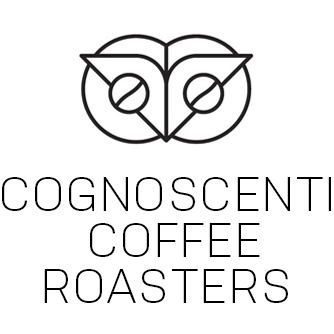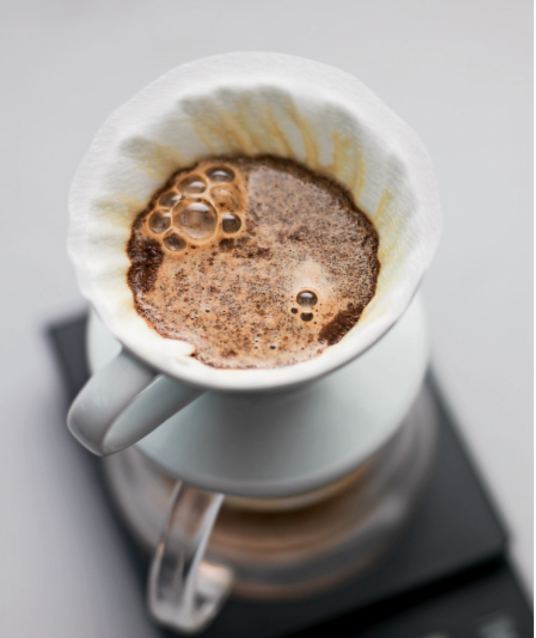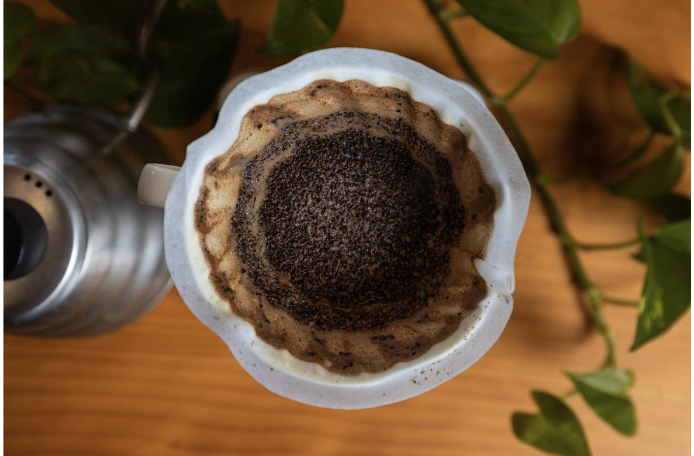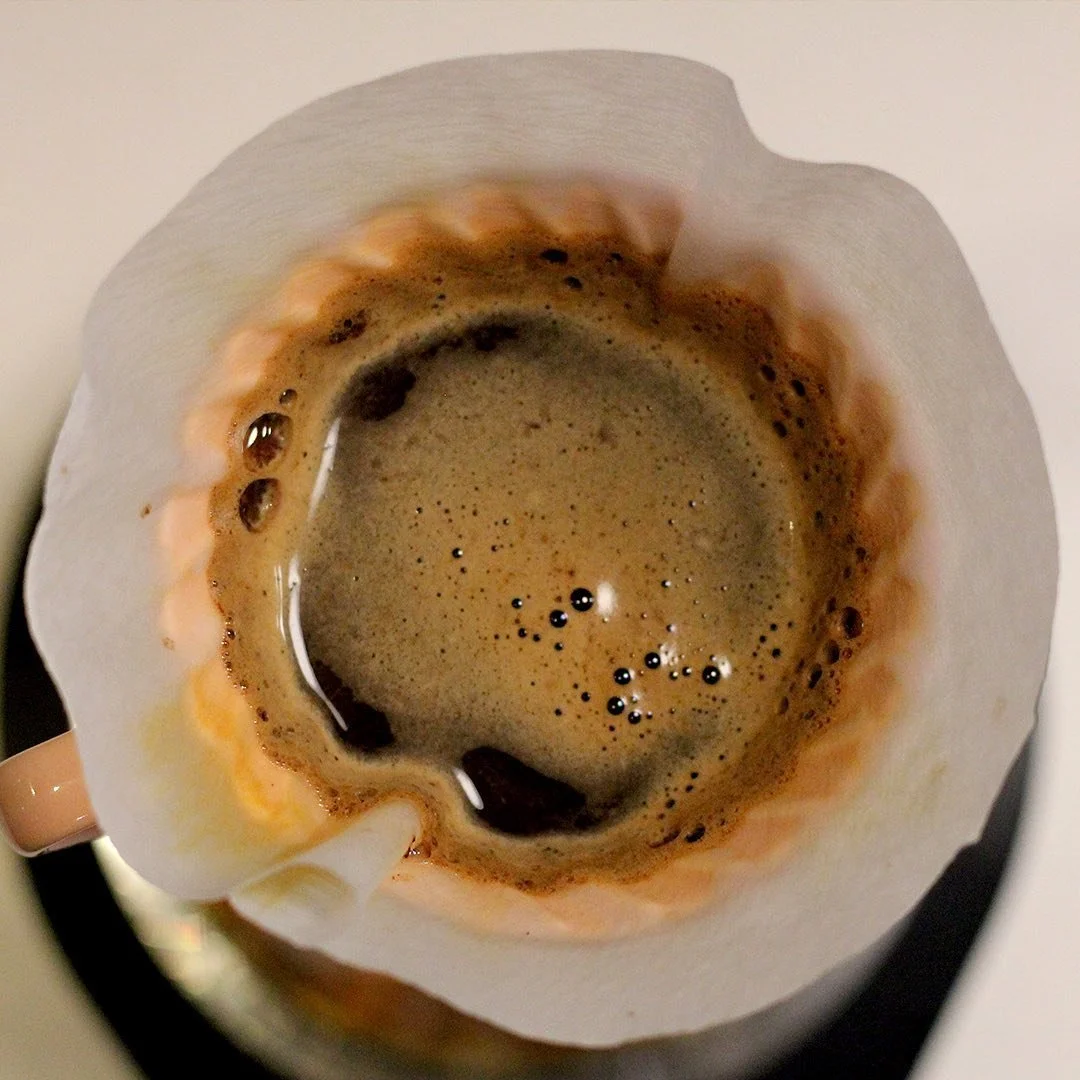The Alchemy of Pour-Over: Transforming Simple Elements into a Perfect Cup
There’s a moment of quiet magic in the morning ritual: the fragrant plume of steam, the gentle pour of water, the slow, dripping bloom of coffee into the carafe. But why does pour-over coffee from a cafe often taste so much clearer and more complex than what we make at home? The answer lies not in magic, but in method. Mastering pour-over is about understanding the fundamental principles that turn water, coffee, and heat into an exquisite cup of coffee. This is your guide to that alchemy.
The Foundation: What You'll Need
You cannot build a great structure without the right tools. Pour-over brewing is forgiving, but it demands precision from your equipment.
Pour-Over Brewer: The vessel defines the profile. We recommend the classic Hario V60 Brewer, with its spiral ribs and large opening, designed for a clean, bright cup with remarkable clarity.
Filters: Use high-quality, oxygen-bleached or natural paper filters that fit your brewer. Rinse them thoroughly to eliminate any paper taste.
Gooseneck Kettle: This is non-negotiable. The precise control over water flow and direction is the single most important factor in mastering the pour.
Burr Grinder: Consistency is key. A quality burr grinder ensures even water flow and extraction by creating uniform coffee particles.
Scale: Eyeballing is the enemy of consistency. Use a digital scale to measure your coffee and water in grams.
Fresh, High-Quality Coffee: This is the soul of the operation. Lighter roasts and single-origin beans, with their nuanced flavors, are perfect for highlighting the clarity of pour-over.
The Four Key Principles of Extraction
Understanding why you are doing each step is the difference between following a recipe and truly mastering the craft.
1. Grind Size: The Foundation of Flow Rate
Grind size is your primary control over extraction. It directly determines how quickly water passes through the coffee bed.
Too Fine: Water gets stuck, leading to over-extraction. This results in a bitter, astringent cup.
Too Coarse: Water flows through too quickly, causing under-extraction. This yields a weak, sour, and acidic cup.
Key Principle: Aim for a medium-fine grind, similar to coarse sand. This creates the perfect resistance for a brew time between 3-4 minutes.
The Science Behind It: This is all about controlling extraction and surface area. A finer grind has exponentially more surface area, allowing water to pull out flavors—both the delicious sugars and acids and the unpleasant bitters—much faster. A coarse grind has less surface area, resulting in a slower, weaker extraction where sweetness may never fully develop.
2. Water Temperature: The Engine of Extraction
Heat is the energy that drives extraction. Different compounds in coffee dissolve at different temperatures.
Too Hot ( boiling): Can scorch the coffee, extracting harsh bitters.
Too Cool (<195°F / 90°C): Under-extracts, failing to pull out enough sweetness and complexity.
Key Principle: The ideal range is 195°F to 205°F (90°C to 96°C). A good rule of thumb is to boil your water and let it sit for 30 seconds off the heat before pouring.
3. Coffee-to-Water Ratio: The Blueprint for Balance
This ratio defines the strength and intensity of your brew.
Key Principle: A great starting point is a 1:16 ratio. For every gram of coffee, use 16 grams of water. (e.g., 20g of coffee to 320g of water).
You can adjust this to taste. Prefer a stronger cup? Try a 1:15 ratio. Prefer a lighter one? Try 1:17.
4. The Pour Itself: The Art of Even Extraction
This is where you become the brewer. Your goal is to saturate all the grounds evenly and maintain a consistent water level.
The Bloom: Start by pouring just enough water (about twice the weight of your coffee grounds) to saturate them. Let it sit for 30-45 seconds. This allows coffee to de-gas—releasing CO2 that would otherwise block water from extracting properly.
The Pour: After the bloom, begin pouring slowly in a steady, spiral motion, starting from the center and moving outward. Avoid pouring directly onto the filter paper. Keep the water level relatively stable.
Key Principle: Even Saturation. Channeling—where water finds a path of least resistance—is the enemy. It creates a mix of over- and under-extracted coffee. Your spiraling pour ensures every particle contributes to the final cup.
The Science Behind It: Water is lazy. It will take the easiest path through the coffee bed. By manually ensuring all grounds are evenly saturated and agitated, you force a uniform extraction, guaranteeing that the sweet, fruity, and complex notes are pulled out consistently, while minimizing harshness.
The Cog pour over recipe
At Cog, we prefer the V60, but this recipe will work on any pour over brewing system.
Dose: 24g
Yield: 384
Ratio: 1:16
Grind: medium
Begin with clean equipment.
Place filter in pour-over brew basket, set on top of decanter. Preheat by pouring hot water through. Discard this water.
Place the brew basket with filter on a cup, and put everything on the scale. Add the coffee to the filter and then tare the scale.
Pour 60 grams of water over the coffee. Make sure to saturate all the grounds thoroughly, and give the coffee bed a stir.
Start timer, and allow to bloom for 30 seconds.
Continue to slowly pour the remaining 324 grams of hot water, pouring roughly 5 grams per second.
Give the pour slurry one gentle stir, in a clockwise stir. Direction.When the water level is drawing down, give the brewer a little shake to keep the coffee bed flat.
When all the water has been poured over the grounds and the filter has begun to drip very slowly, remove and discard the filter.
Choosing Your Coffee: A World of Flavor Awaits
The principles above will transform your technique, but the coffee you choose is the final variable. The clarity of pour-over is perfect for showcasing complex, nuanced single-origin beans.
For an unparalleled experience in floral and tea-like elegance, try our limited-availability Colombia Gesha. It's a benchmark for what the pour-over method can achieve.
For a classic, beautifully balanced pour-over with notes of bright citrus and sweet bergamot, our Ethiopia Yirgacheffe Banko Gotiti is a perennial favorite.
The Final Pour: Your Journey to Mastery
Pour-over brewing is a practice—a blend of science and art. It’s a mindful ritual that rewards attention to detail. Don’t be discouraged if your first cup isn’t perfect. Embrace the experiment. Adjust one variable at a time, taste diligently, and refine your technique.
Ready to taste the tangible difference these principles make? The journey begins with exceptional beans.
Explore our curated selection of single-origin coffees, chosen specifically to shine in your V60.
Want a new pour-over adventure every month?
Let us guide your discovery. Our subscription delivers the world's most exciting coffees directly to your door.
Fast Coffee Facts
3.12
~ The new Guiness Record for Fastest time to drink a cup of coffee, set by Felix von Meibom
Pour over imports from the coffee community
James Hoffman’s most recent V60 recipe. TikTok
Lance Hedrick’s flash brew pour over recipe. YouTube
Scott Rao’s pour over analysis. Blog
The Rao Spin. YouTube
A professor teamed up with a volcanologist to show scientifically that the addition of water pre-grind leads to a more consistent shot of espresso. Blog






